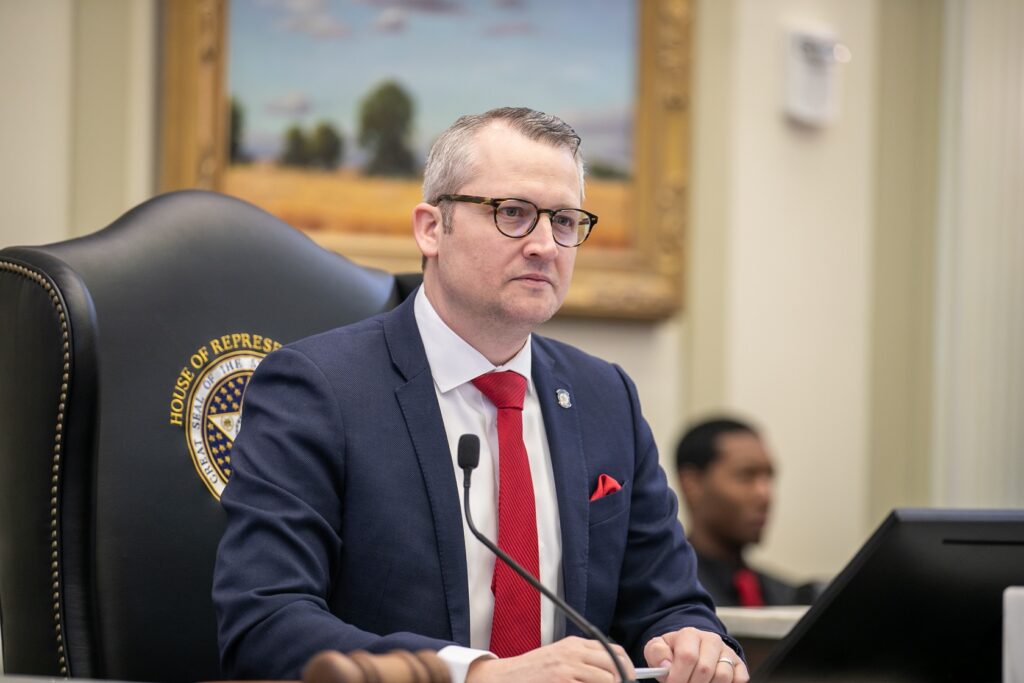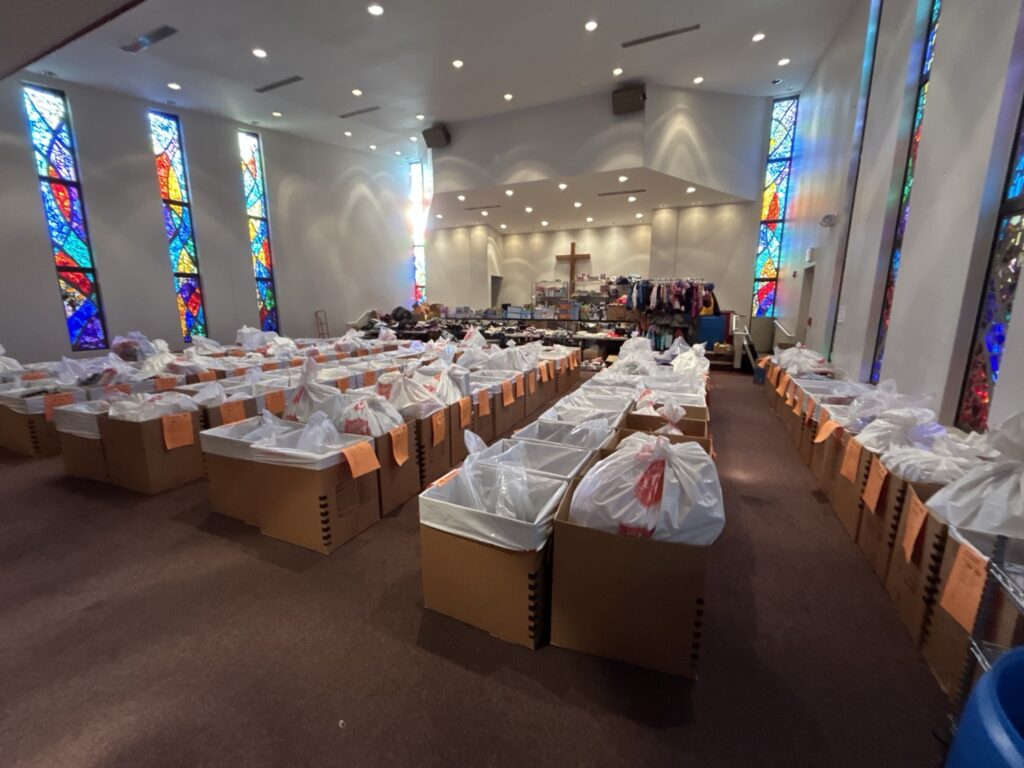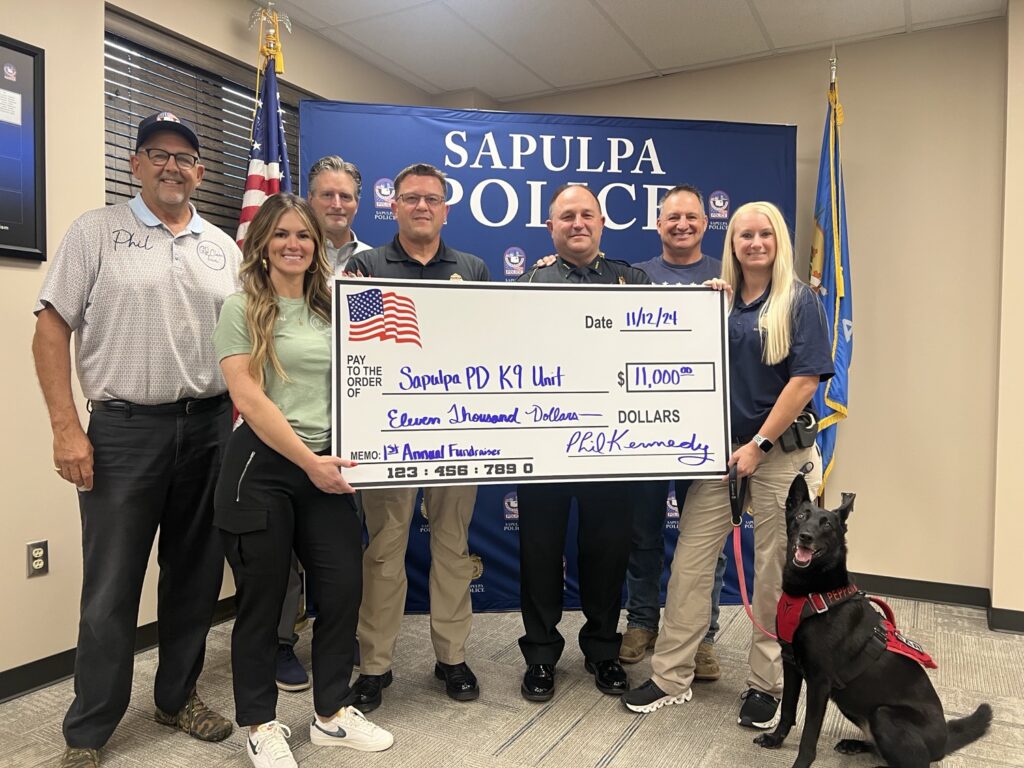The thing about Oklahoma folks is you’re either from here (ie Native American) or you’re not—it’s pretty simple. And even those who are “from here” are usually originally from somewhere else and their ancestors made their way here via the Trail of Tears.
Even so, scores of us can trace our history back to some foreign family that came to the United States by boat and for a lot of us, we ended up in The Sooner State because of that fateful event called The Oklahoma Land Run.
It was that event, and a particular group of people that drove Sand Springs resident and American History teacher Phil Smith to distill his dissertation into a well-formatted book just released from University of Oklahoma Press, called From Praha to Prague: Czechs in an Oklahoma Farm Town. He’ll be holding a book signing on Sunday, December 17th from 2pm – 4pm at Barnes & Noble Southroads, just across from the Promenade Mall in Tulsa.
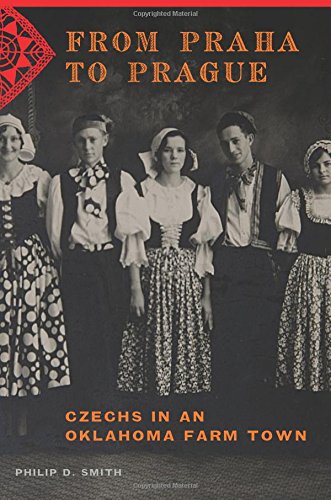
The book tells the story of the town of Prague, Oklahoma—a tight-knight community of roughly 2500 people that sits about 20 miles south of Stroud. The town originally began as a result of the Oklahoma Land Run and at the turn of the 19th century was an eclectic mix of Czech, German and other immigrants, with a smattering of Anglos and whatever else came to join the Land Run. At the time, the Czech population made up the largest percentage of the community, which was at the time just called “Barta Post Office”, due to the Post Office that the government established on the land of Czech-born Frank Barta.
In 1902, the Fort Smith and Western Railroad out of Arkansas decided to put a railroad line from Fort Smith to Guthrie—which was the state capital at the time (though Oklahoma wouldn’t officially become a state for five more years). They decided to use the Bart Post Office areas as a stop for a coaling station. They purchased the land from Frank Barta and established the actual town of Prague; so named because Barta’s wife is originally from Prague in Europe. The original pronunciation was as the book’s title suggests: “Pra-ha”, and then a more Americanized “PRAHG”. But of course it eventually gained a more southern twist and folks began pronouncing it “PRAYG”, and that’s the name that has stuck ever since.
Even though the town grew over time and the the percentage of Czechs dwindled, their pride and presence is still felt very strongly in the town. There was a proper fraternal order established in 1892 called Bohemian Hall that continues to operate to this day, with about 300 members and monthly meetings. Behind the building sits the “National Czech Cemetery”, which requires you to be a member of the order and have a Czech heritage in order to be buried there. It is where Frank Barta, his wife and many other of the town’s pioneering founders are buried.
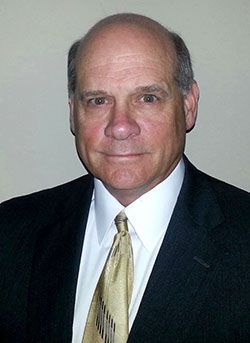
Phil Smith says the idea for the book came about because he noticed how most of the books that talked about the history behind certain groups of American Immigrants tended to focus on the urban areas like New York and Chicago, and not so much of the rural areas like tiny Prague, Oklahoma.
Smith gained a teaching degree in 1981, but immediately decided to join the Army simply because “I’d always wanted to,” he says. He was enrolled at the Defense Language Institute, which taught him Czech—out of the 50-something languages they had available—and was able to use that new skill to aid his country; he served several missions with the Green Berets as an interrogator in Europe.
Though the Green Berets wanted him to take the exam to become an official member, Smith decided to put his degree to use and left the Army to become the teacher he’d set out to be. Problem was, it was November and there were no jobs to be had. He instead got a job at the Post Office and was a letter-carrier for awhile when he decided to go back and get his Masters.
He finally began his teaching career at Charles Page High School in 1991, where he taught history and coached fast-pitch softball. In ’95 he went to Oolagah, where his Softball team won two state championships that Smith says “had nothing to do with me!” He laughingly recalls how “we just gave those girls the lineup and told them to get after it and they did!” Several of those players went on to play college ball.
In 2008 he decided he wanted to teach at the college level, so he went back to school again and obtained his PhD. Shortly thereafter, while substituting for a friend who was out of town, a secretary happened by the classroom and heard him lecturing. She was so impressed with his presentation that she told him he should apply to their open position at the TCC Metro Campus. This year, he’ll celebrate 10 years as an American History teacher at TCC.
While it’s not his first book, (he has another on Tulsa; a “historical fiction” about the Garden City and Red Fork area) it might be the one that gives him the most satisfaction, if the outpouring of gratefulness from Czech immigrants is any indicator.
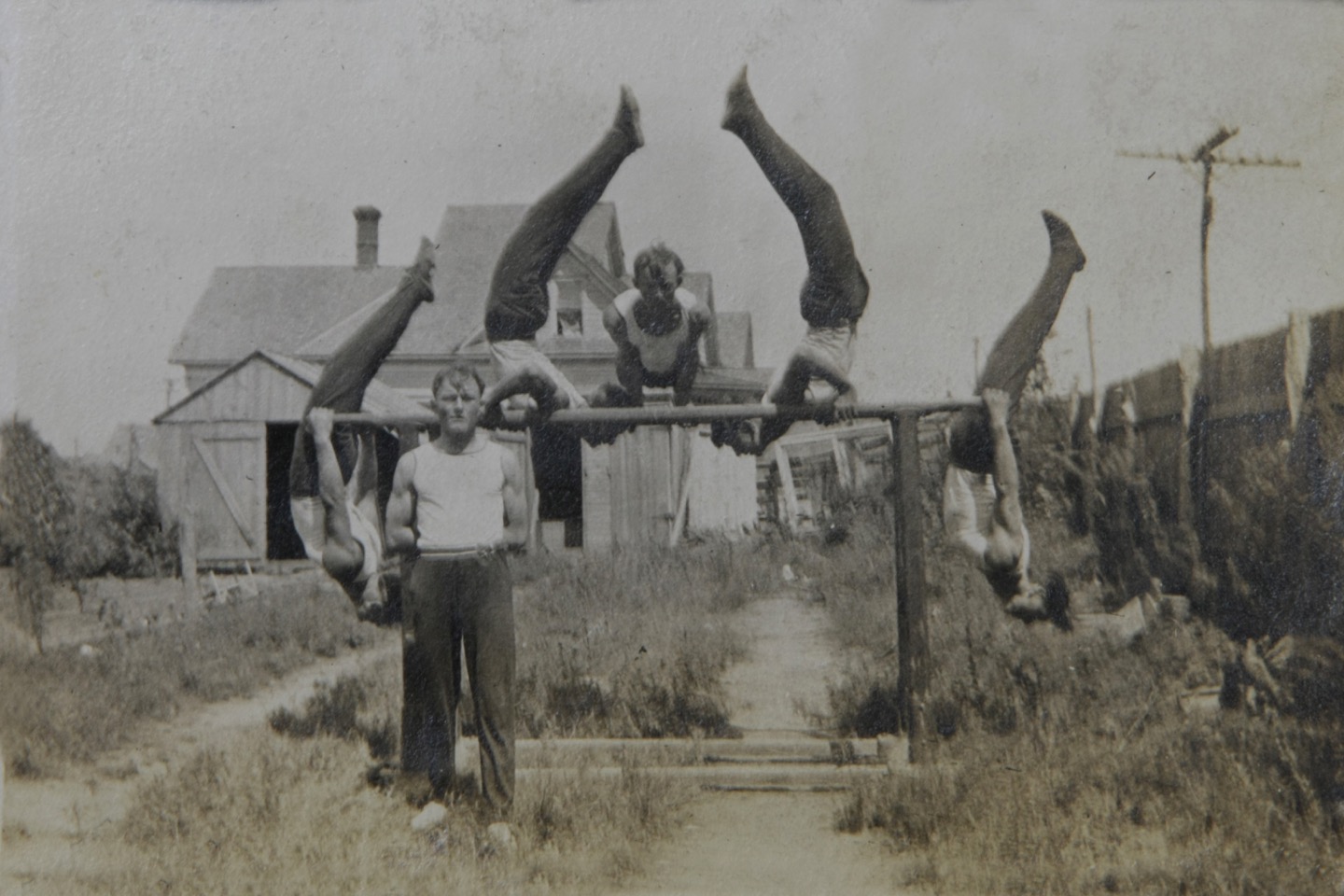
Smith says he had a woman in her eighties from Duncanville, Texas who called him one day, after she’d received his book as a gift from her son. “Thank you so much, for writing this,” she told him. She hadn’t finished reading it but was flipping through the photos and was startled to see one of her father. She was originally from Prague, and so very proud of her heritage, but when she’d married and moved to Duncanville, she lost touch with most of her connections to her ancestors. She believed the book to be exactly what Phil had hoped to achieve: a point of reference to a time where a people who desired independence and opportunity and land came to the American West to achieve it, and the story of what happened.
—
From Praha to Prague is available now and can be purchased on Amazon, or other popular book retailers. Phill Smith will be at Barnes & Noble Southroads this Sunday from 2pm to 4pm.
—
Featured image courtesy of courthouselover on Flickr.


